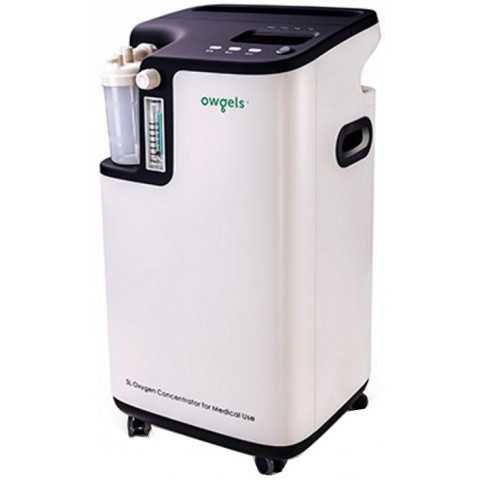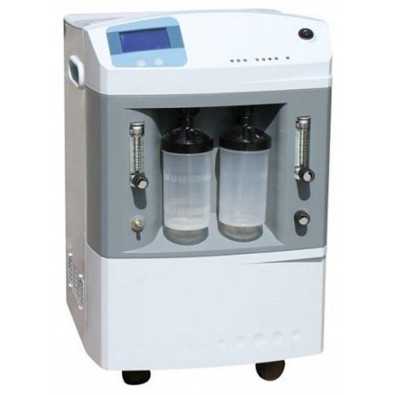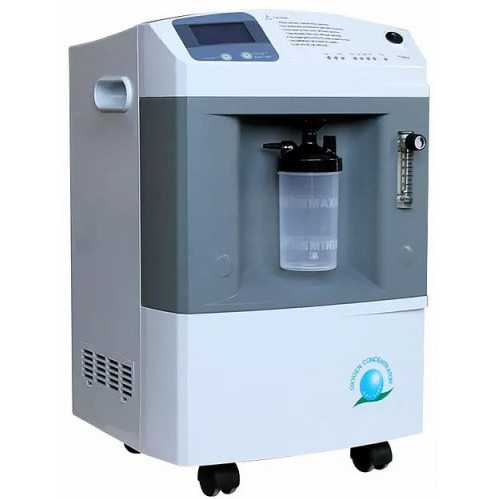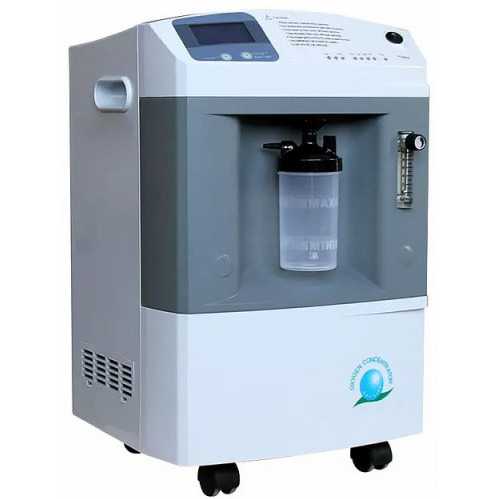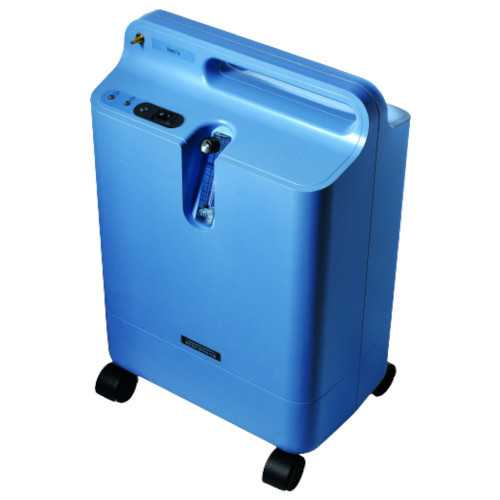Floppy baby syndrome

Floppy baby syndrome
floppy baby syndrome symptoms
The signs implying hypotonia are many, varying with respect to the cause underlying each condition:
Doughy and soft muscles that exhibit decrease in their tone
Shallow and uneven breathing
The limbs show capacity to be extended beyond the natural limit
Gross delay in the development of motor skills
Underactive gag reflex (the mouth being open and the tongue sticking out) is dominant
Under general circumstances, no such treatment therapy is recommended for mild congenital hypotonia, but periodical check-ups might become a necessity for conditions directly associated with the problem, such as frequent incidences of joint dislocations. When prompted by an underlying condition, addressing ‘Floppy Baby’ Syndrome becomes a more elaborate affair since it necessitates that the condition underlying it is treated first. It is then quickly followed by supportive and symptomatic therapy for hypotonia. Physiotherapy aids in enhancing motor control and improves the strength of the body. For children and infants, therapy could also encompass sensory stimulation programs. On the other hand, occupational therapy, in addition to speech-language therapy can successfully alleviate problems related to speech, breathing, and difficulties associated with swallowing.
Treatment procedures help to increase the muscle strength, while sensory stimulation procedures are sought once the cause behind the syndrome is established. Programs of this nature mostly include rigorous physical therapy or other school-based programs, along with other suitable forms of therapeutic remedies. Children affected by this condition are usually treated by a neurologist, Development paediatrician, physical therapist, genticist, language/speech pathologist and occupational therapist. The world of otherwise typical children might prove to be a difficult one for the hypotonic one. Medical supervision and guidance must be followed religiously with no exemptions made in this regard. Close monitoring of the baby’s progress should then determine the number of follow-up procedures. With a proper treatment schedule, your child will soon race against his peers.

